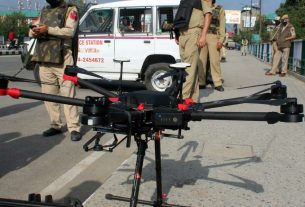Fri 24 June 2022:
Seemingly, Islam came to India much before than it is believed to have moved in with traders who sailed to coastal belts. The first mosque is presumed to have been built in India well before the Prophet migrated to Madina, the new evidence suggests.
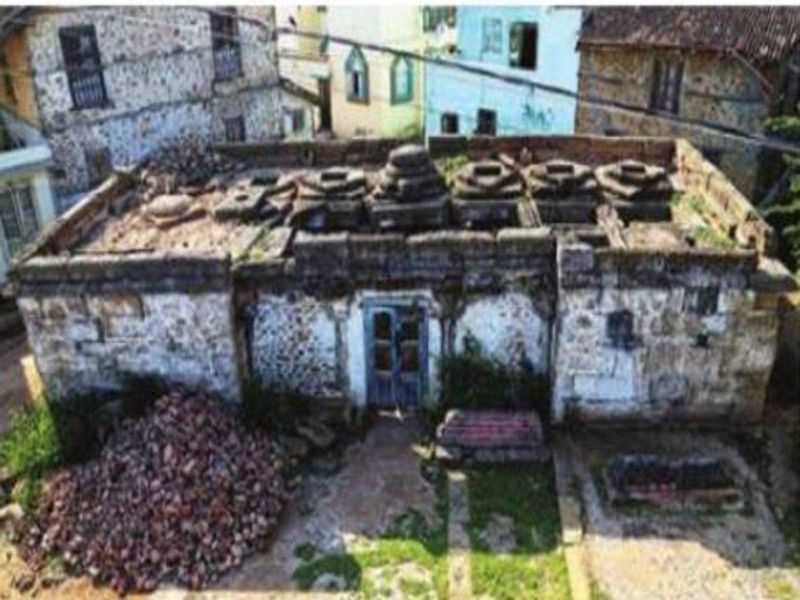
A Masjid in Gujarat is much older than the one in Kerala that hitherto was termed to be the oldest mosque in the Indian subcontinent. Interestingly, the Gujarat mosque faces the first Qibla, Jerusalem and could be the only surviving mosque on earth.
It is called Barwada Masjid. In Gujarati, Barwada means non-locals or foreigners. The 15 x 40 ft mosque is located in the ancient port town of Ghogha. Part of Bhavnagar district, Ghogha is situated on the mid-western bank of the Gulf of Khambhat, a commercial port for centuries till Bhavnagar took its place early nineteenth century.
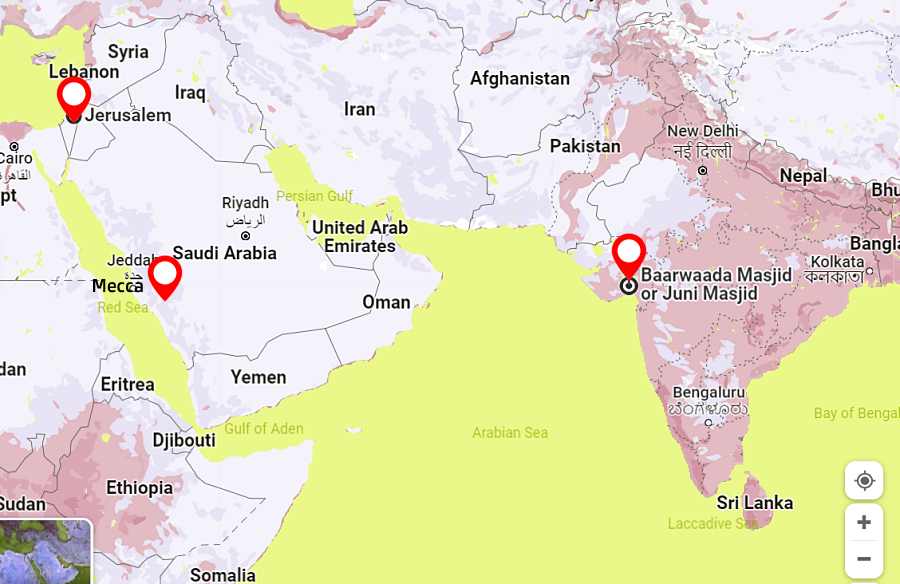
It is believed to have been built in the first 13 years of Islam when the Muslims prayed towards the Baitul Muqadas in Jerusalem. The Qibla shifted towards the Kaaba in Mecca in 623 AD.
At the Barwada mosque in Ghogha, the qibla, indicated by the position of the mehrab (a semi-circular niche in the wall facing which prayers are offered), is towards Jerusalem, an angle nearly 20 degrees north of the qibla towards Mecca. This reflects the fact that this stone structure must have been erected much before the Prophet’s declaration that the direction to the Kaaba be treated as the qibla. The historical mosques in Kerala and Tamil Nadu have their qibla towards the Kaaba.
Compass readings taken at the site put the heading of the mehrab from the entrance at about 295°NW . The heading to wards the Kaaba, as at a newer mosque in the same neighbourhood is about 275°NW


A teacher of history, Professor Mehboob Desai has been arguing about the Barwada mosque’s antiquity ever since he stumbled upon it. “Looking at the flow of information among Arab traders, there is no chance that a Muslim would build a mosque facing Jerusalem after the Prophet had declared the Kaaba as the qibla,” he told Times of India. “This is the oldest mosque in India, because I have not heard of any other mosque with its mehrab pointing towards Jerusalem.”
So far, the Cheraman Juma mosque in Kodungallur Kerala was being seen as the oldest mosque in India that is believed to have been built around 629 AB. Basically, a Buddhist temple that was gifted to Arab traders for worship by Chera Raja Ram Warma Kulshekhar, it was rebuilt later. In 2016 when Prime Minister Narendra Modi visited Saudi Arabia, he took a gold plated replica of this mosque as a gift to his hosts. However, he did not know that the much older mosque is in his home state and possibly might be the only mosque of its type that exists on earth.
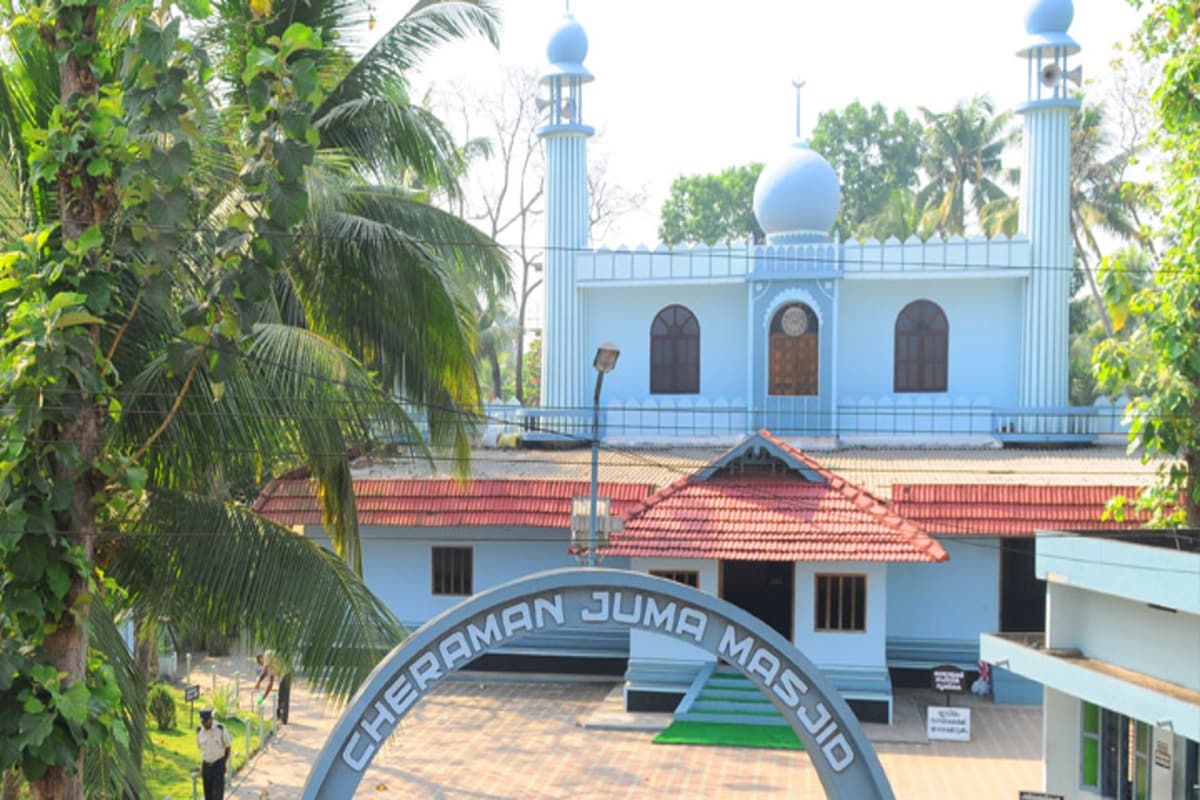
The Cheramaan Perumal Juma Mosque is a mosque in Methala, Kodungallur, Thrissur in the Indian state of Kerala. A legend claims that it was built in 629 CE, which makes it the oldest convert mosque in the Indian subcontinent which is still in use.
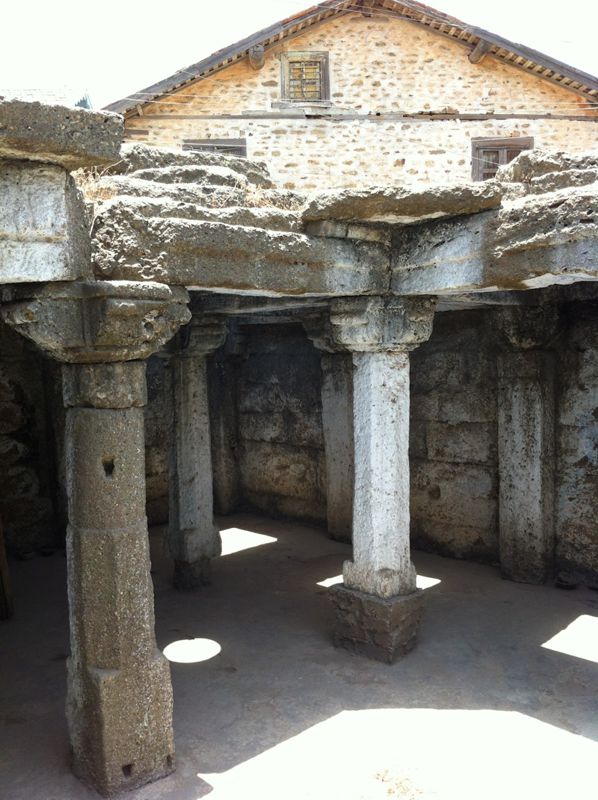
The mosque managed by the Barwada Jamaat is in dilapidated condition. It has been in disuse forever as nobody thought of reconstructing it after the Qibla shift. Reports suggest that if and when there is a donor, the locals try to repair it. Recently, it has got roofing on a part that was facing the sky.
This mosque has the oldest Arabic inscriptions on its Mehraab.
Historian, Prof Mehbooba Desai who has been credited for getting this historic monument into the limelight has written that the mosque seemingly was constructed by the Arab traders before the Qibla was directed towards Mecca after February 11, 624.
“It is so small that approximately 25 persons at a time can pray Namaz and this mosque is having one main gate and near the main gate, there are two graves (tombs),” Desai has written. “Stone ceiling just survived on ten to twelve pillars, and above the Kiblah that is exactly above the Mihrab, there is one dome. Inside the mosque, on both sides of Mihrab, there is beautiful carving.”
On the arch of Mihrab, Bismillah ar Rahman Nirhim is written.


Till the early nineteenth century, Gujarat was the gateway to the Middle East. This is Mecca Gate at Khambhat and the pilgrims to Haj would use this for sea travel.
“This mosque is of Allah, nobody else deserves to be worshipped” is written on the arch of the Kiblah beside a Quranic reference suggesting that for those building mosques, Allah is building a home in Jannat.
Built by Arab traders on the then bustling port of Ghogha, this stone structure may have been abandoned by devotees after the qibla was changed. With more than half of its roof gone, the pillars are in need of support, and a board on the mosque’s doors asks visitors not to pray there because its mehrab doesn’t point towards the Kaaba. It also warns people not to damage the structure because of its heritage value.
Aslam Siddiqbhai, who lives in the neighbourhood, said that repairs are made on the mosque as and when locals find a donor.
Another argument is that the earliest mosques lacked mihrabs and instead the whole qibla wall was used to indicate the direction of Mecca. As per the history of Islamic sculpture, the beginning of making Mihrab started somewhere in the seventh century. Before that in place of Mihrab, a wall or any symbolic stone was kept for praying Namaz. The first concave mihrab appears to have been inserted into the Masjid-e-Nabvi at Medina during some restorations carried out during the Umayyad caliphate, by around 706.
While the controversy continues, nobody is disputing the historic nature of the monument in disuse.
Recently, in a highly dilapidated state. Unfortunately, the mosque is neither protected by the ASI nor State Archaeology Department. To prevent it from further deterioration, the local committee with no knowledge of conservation is now restoring the entire structure.



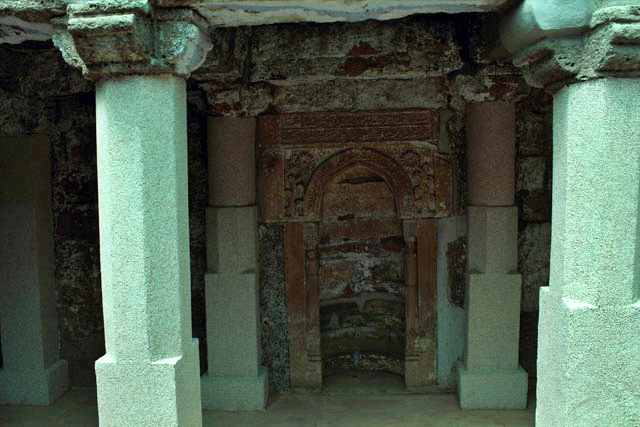




There are other archaeological pieces of evidence that corroborate the presence of Arab traders in Ghogha as early as 7th century CE. A number of stone anchors of Indo-Arabic origin are seen lying in the inter-tidal zone near the lighthouse of Ghogha. Because of the high tidal range here, these anchors lying at a depth of 5-10 m get exposed during the low tide.



___________________________________________________________________________________________________________________________________________
FOLLOW INDEPENDENT PRESS:
TWITTER (CLICK HERE)
https://twitter.com/IpIndependent
FACEBOOK (CLICK HERE)
https://web.facebook.com/ipindependent
Think your friends would be interested? Share this story!



